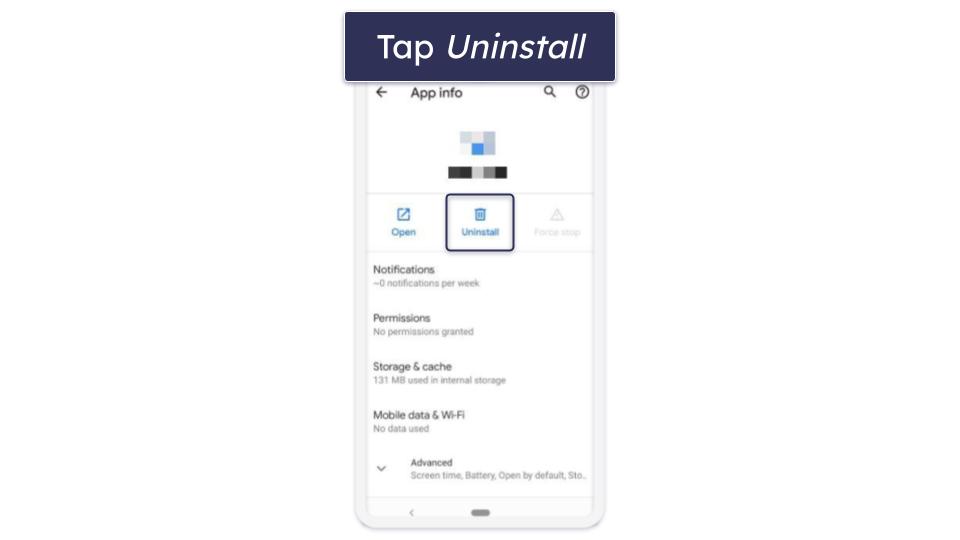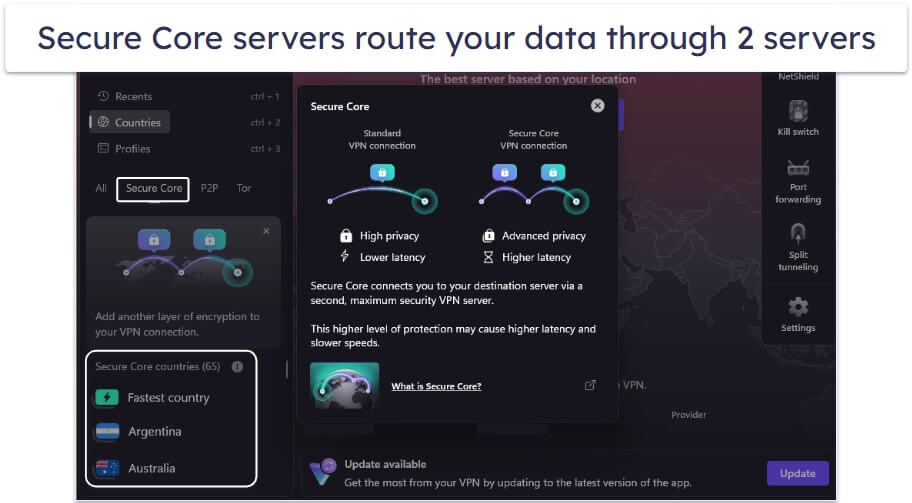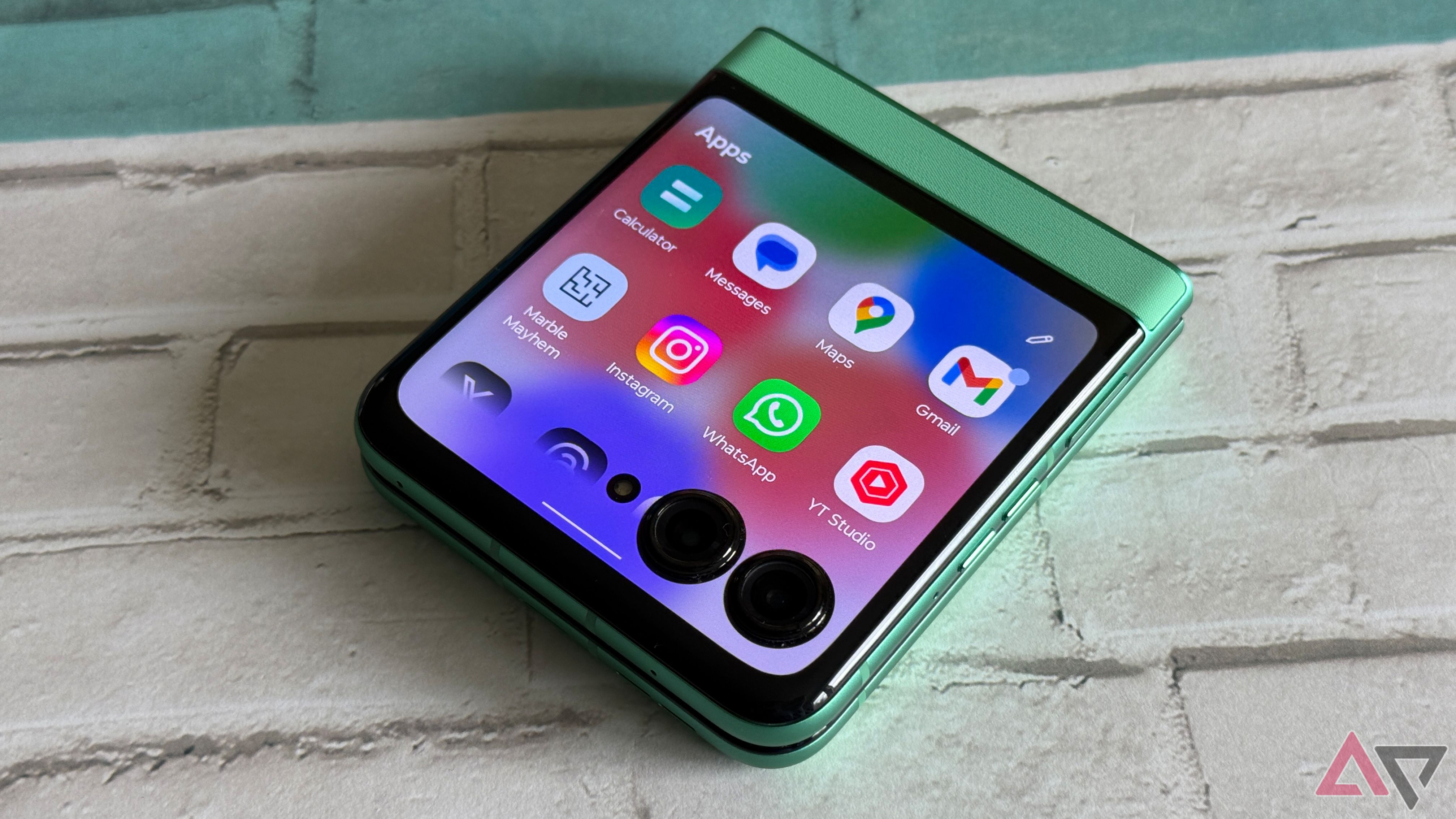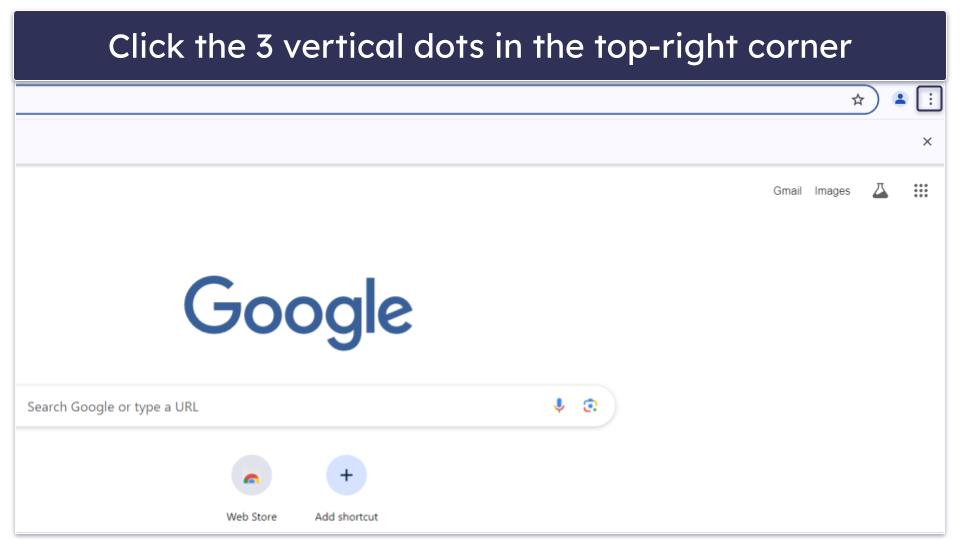I’ve struggled to get excited about larger, book-style folding phones in the last few years. I respect what Samsung did with the Galaxy Z Fold 6, but I don’t love using it. I can’t escape the feeling that I’m just using a prohibitively expensive smartphone with a bigger display — no manufacturer has provided a fundamentally different folding experience. I liked the OnePlus Open, and the company made great strides with Open Canvas multitasking, but it was just the beginning.
Clamshells are the superior folding form factor. I don’t have to change the way I use a smartphone to enjoy one. They are full-fledged smartphones when unfolded, but compact, pocket-friendly travel companions when closed. I still believe clamshells will remain dominant, but there’s hope for larger folding devices. While I don’t buy the merits of book-style, bifold phones, I do see the promise of trifolding devices. If there is a savior for large-scale foldables, it will be Samsung’s rumored trifold phone.
Book-style folding phones never hit the mark
I need a reason to pay a premium
I was willing to give Samsung a pass on the first few Galaxy Z Fold generations. The technology was newer, and the company was still figuring out how best to develop its new form factor. However, as falling sales reflect, the bloom is off the rose, and people are standing around waiting for a compelling reason to spend nearly $2,000 on a smartphone, fancy folding tech or not. A larger screen is wonderful for scrolling Instagram or breezing through email, but it’s not worth the nearly $800 premium we pay over other flagship devices.
It’s fantastic that we get powerful chipsets like the Snapdragon 8 Elite inside our mobile devices, but Instagram only opens so quickly.
There are only so many changes Samsung could make to the hardware on the Galaxy Z Fold series. Significant innovations would have to come through software, and that hasn’t happened. One UI, as well-designed as it is, still feels like it wasn’t meant for the Galaxy Z Fold 6. Samsung would need to build something from the ground up, pulling in the uniqueness of folding screens to provide an experience worth paying more for. People vote with their wallets, and book-style folds are losing out.
Clamshells are preferred for another reason
It’s not just ease of use that has people buying compact foldables
Phones like the Motorola Razr and Samsung Galaxy Z Flip sell better than the Galaxy Z Fold, not only because of their functionality but also due to their price. We’re used to spending $1,000 on a smartphone. We may not enjoy it, but asking that much for a folding clamshell is on par with prices for premium flagship smartphones in 2025. As a result, clamshell folding phones don’t carry the same burden. They don’t have to justify why they are adding value, because they are the same price as every other flagship we’d consider.
Trifolding phones are going to carry that burden. If Samsung charges anything close to what Huawei does for the Mate XT, we’re looking at a rumored Galaxy G Fold device with a price tag nearing $3,000. It’s not a device for everyone, but unlike bifolding phones, I can see it providing value for those who need it. High-end laptops are expensive, and if you combine that with a premium flagship phone, you can easily spend over $3,000. If there’s a device that does the function of both, you might even find some savings.
Use cases worthy of a larger display
I need desktop-class apps on the go
It’s fantastic that we get powerful chipsets like the Snapdragon 8 Elite inside our mobile devices, but Instagram only opens so quickly. Without desktop-class applications to make use of that horsepower, what’s the point? Samsung’s rumored trifolding phone could bridge that gap. I know I don’t want to scrub through 4K footage on an 8-inch screen, but I’d consider mobile editing if my phone unfolded into a 10-inch display. With a proper 16:9 or 16:10 aspect ratio, desktop-style applications become easier to use. With a kickstand, a trifolding phone would make an excellent portable display.
I’d even consider mobile gaming on a trifold device. If developers can provide an immersive experience, I could connect a Bluetooth controller and have an ideal gaming setup on the go. Instead of lugging around a Steam Deck or a Nintendo Switch, my phone could be my all-in-one device for both work and recreation. Of course, the entertainment possibilities on display with a proper aspect ratio are endless.
So many possibilities once you get beyond the price
Any trifolding Samsung smartphone is going to be expensive, but if you’re someone who enjoys consolidating your devices, it may be your dream phone. Instead of carrying around an expensive flagship phone, a high-end tablet, and a laptop, you can just carry one device with a few accessories to get you through your day. Price becomes less of an issue when companies demonstrate value and purpose. While it may never be for you, a Samsung trifold device will finally show that large folding phones can be effective.





